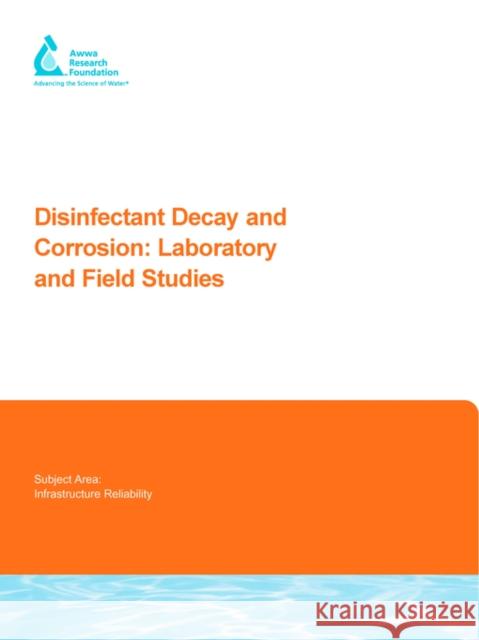Disinfectant Decay and Corrosion: Laboratory and Field Studies » książka
Disinfectant Decay and Corrosion: Laboratory and Field Studies
ISBN-13: 9781843398875 / Angielski / Miękka / 2005 / 80 str.
The primary objective of this research was to develop and test a pipe-section reactor to measure the decay rate of disinfectant at the pipe wall. The pipe-section reactor is more convenient than pipe loop reactors which require a large laboratory and large supply volume of water. It is also a more realistic representation of the pipe surface than provided in pipe coupon experiments or annular reactors. The effects of water velocity and corrosion rate can be investigated using a pipe-section reactor, while still affording the simplicity of laboratory-scale, batch reactor operation.The secondary objective was to collect field data from two distribution systems in North Carolina (North Chatham County and Durham) to measure the decay of free chlorine by two alternative methods and to explore a relationship with corrosion rate. The ultimate goal would be to achieve a better understanding of disinfectant decay at the pipe walls such that a set of default values for decay rate coefficients could be specified for free chlorination and chloramination, the two most common secondary disinfectants.Originally published by AwwaRF for its subscribers in 2004. This publication can also be purchased and downloaded via Pay Per View on Water Intelligence Online - click on the Pay Per View icon below











